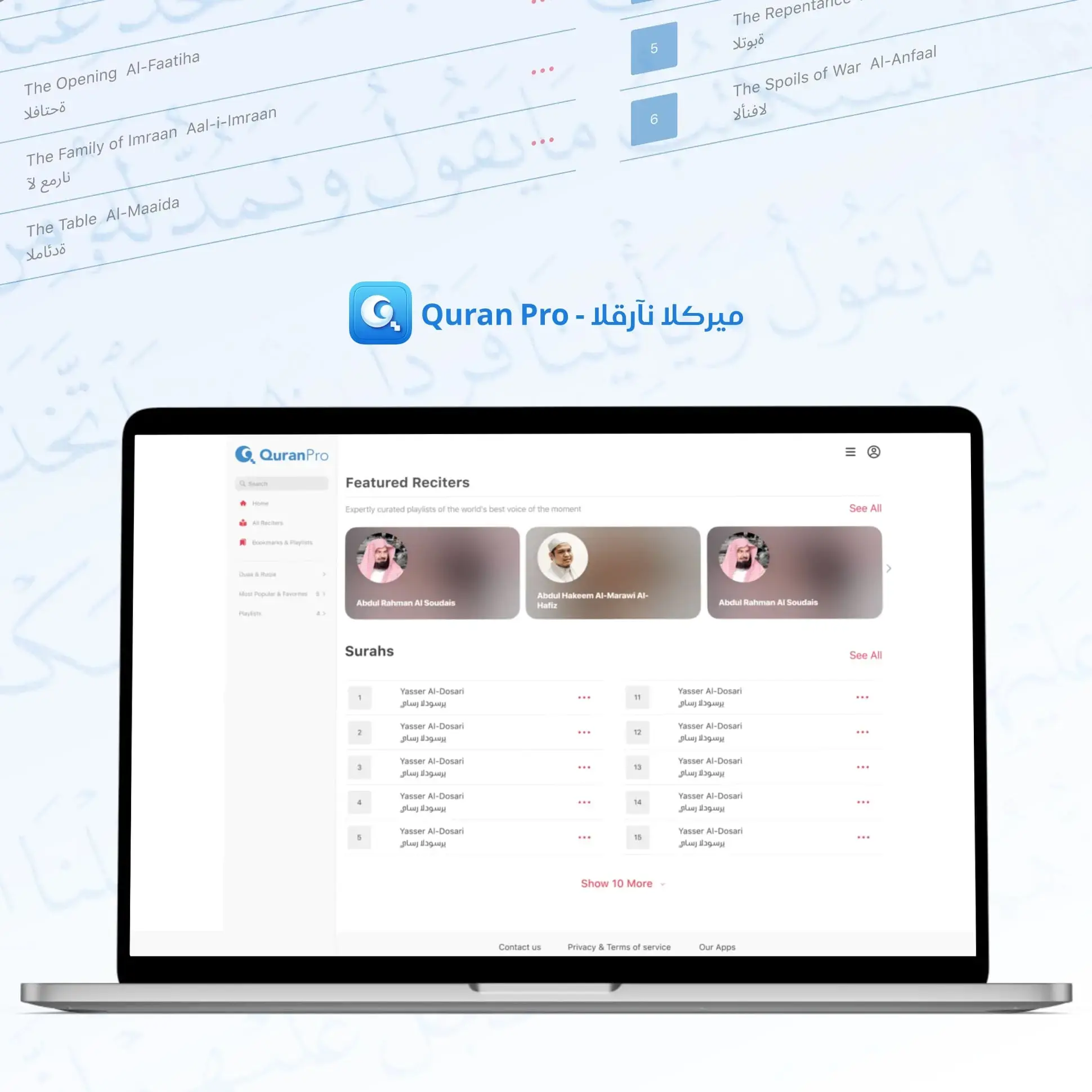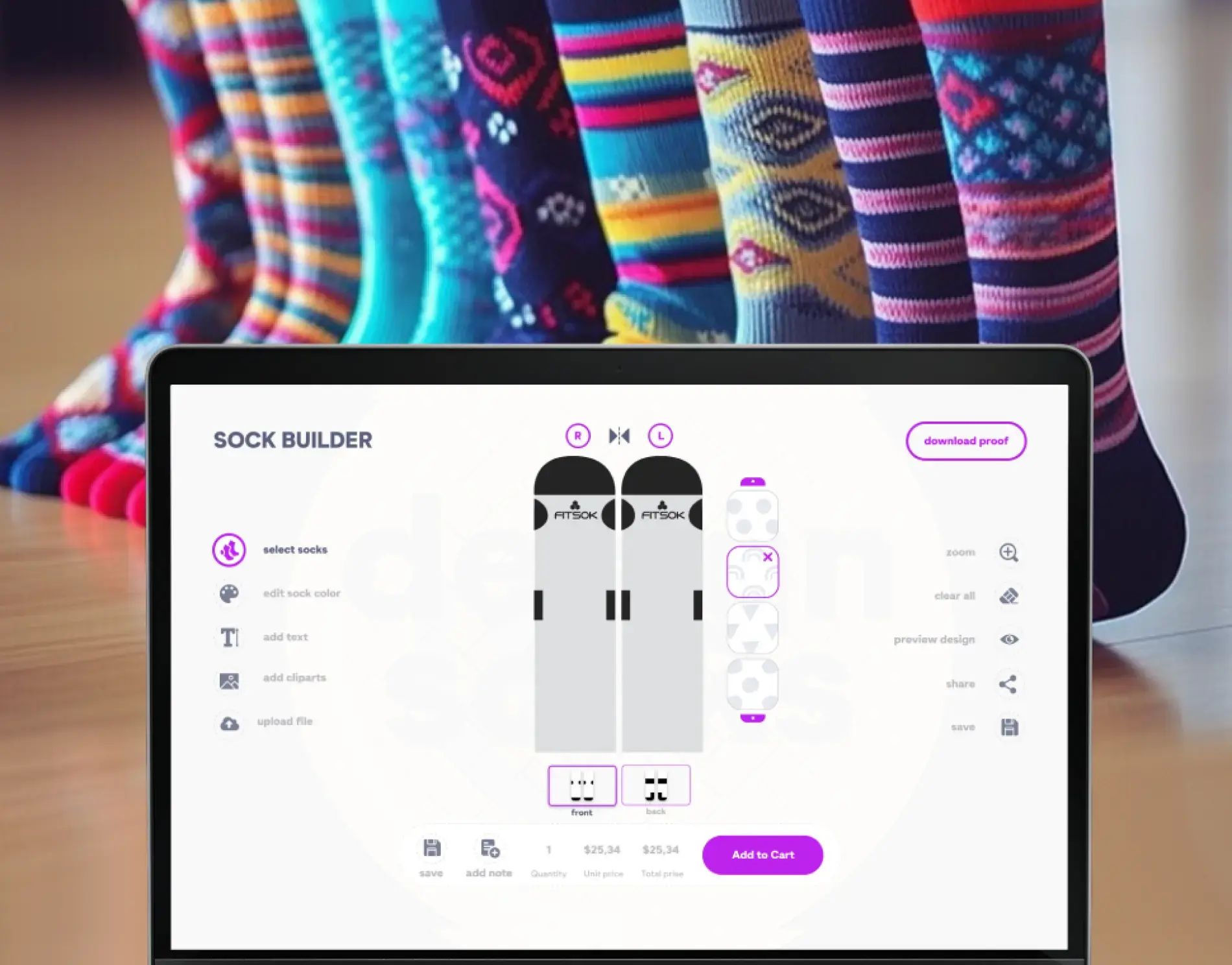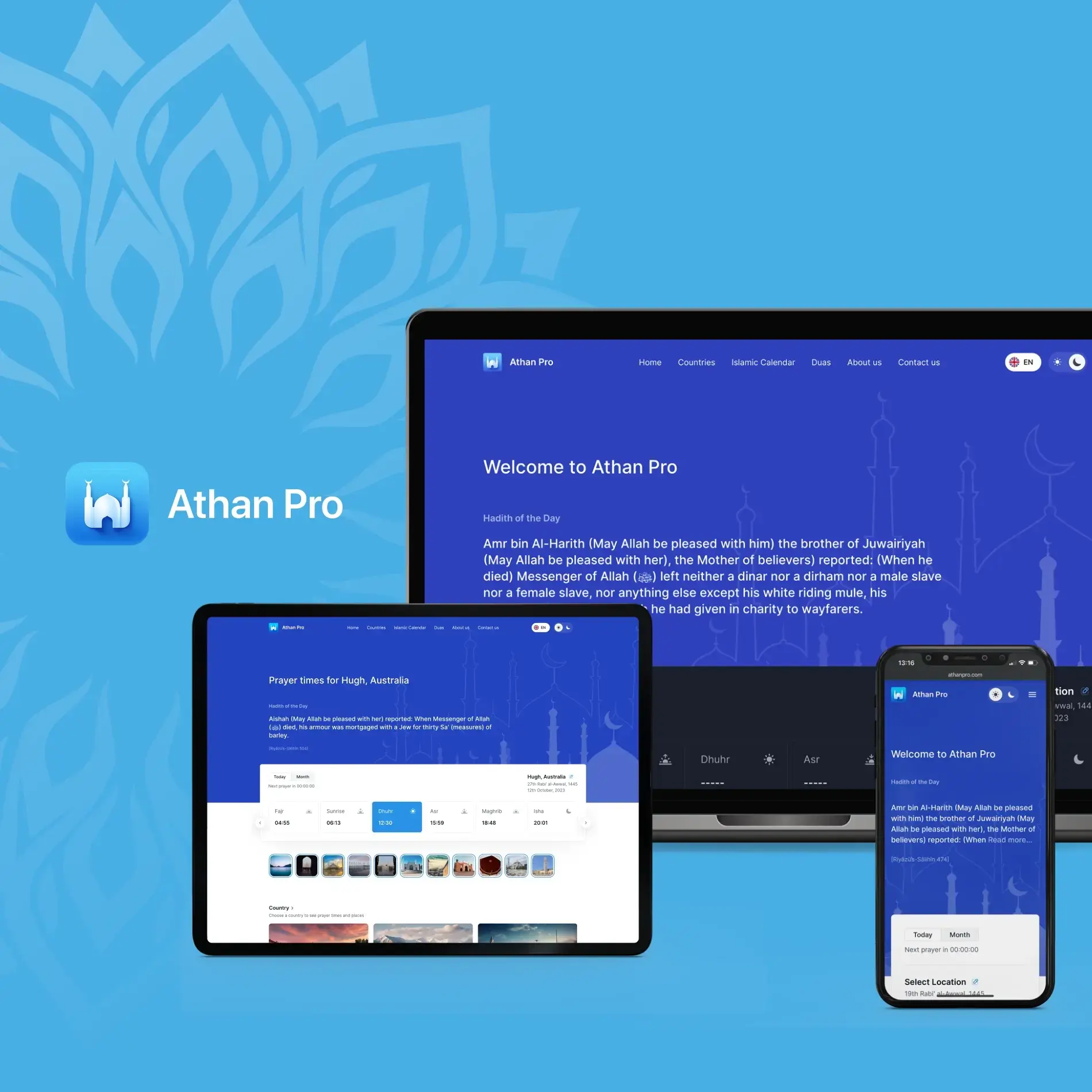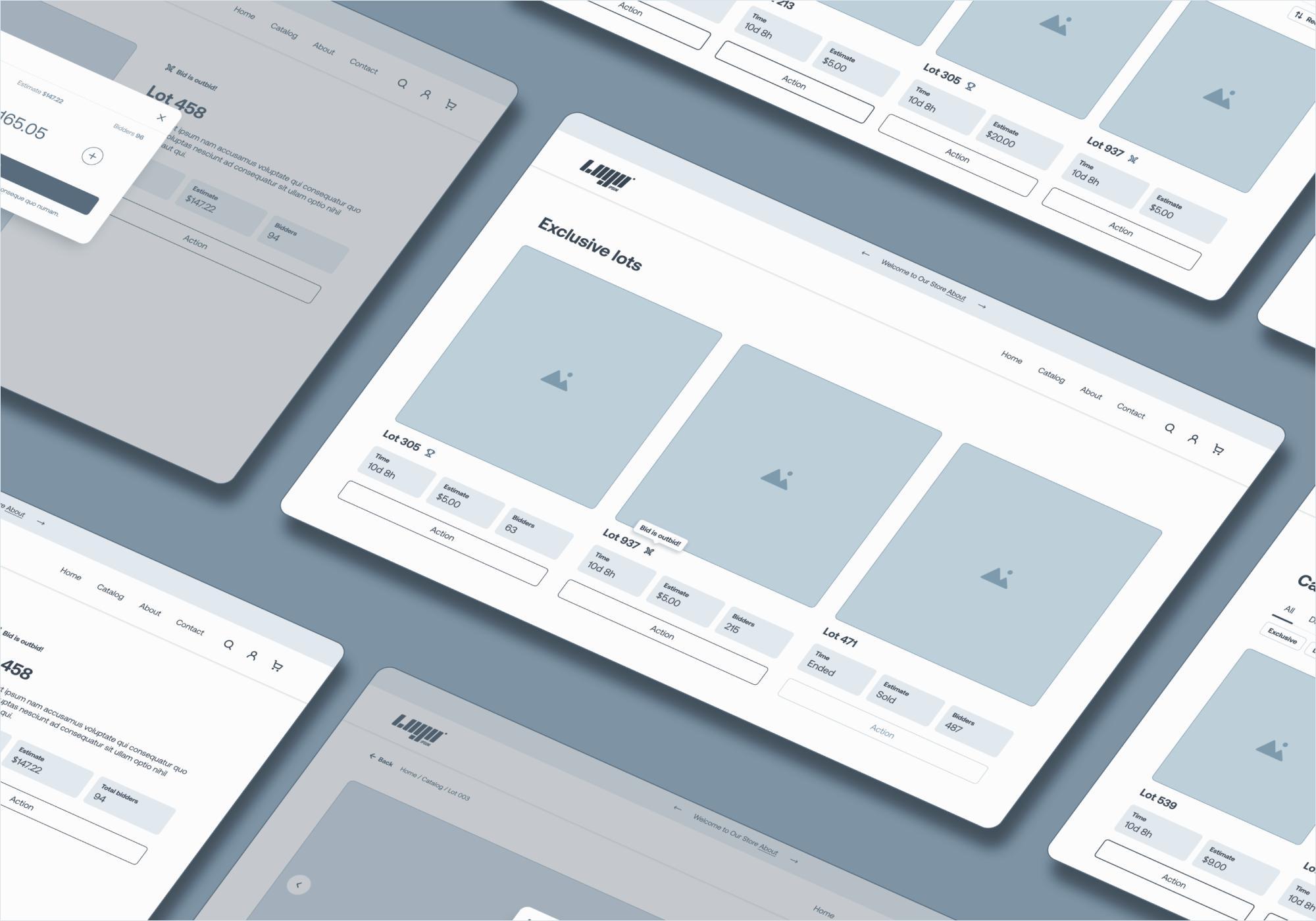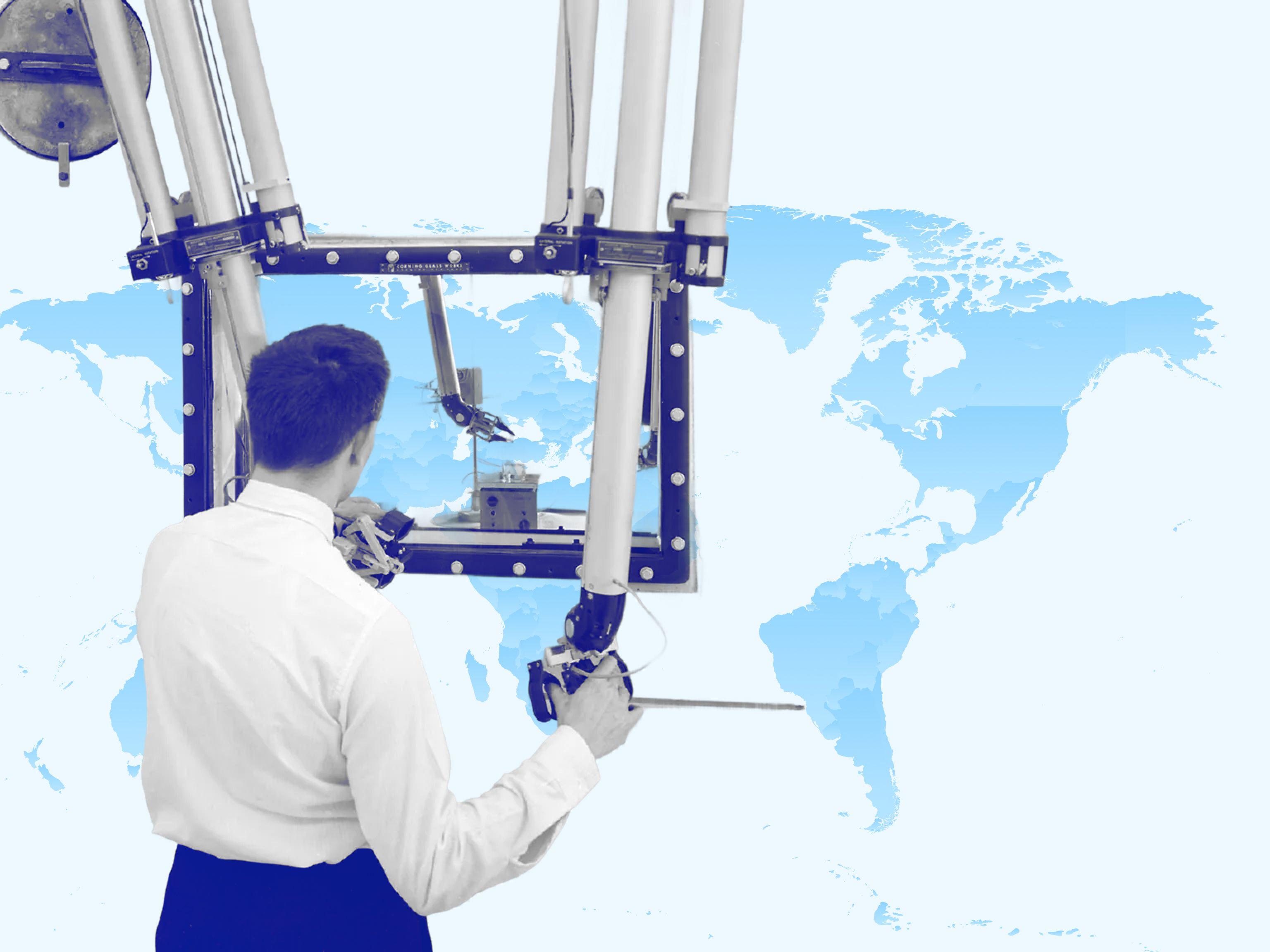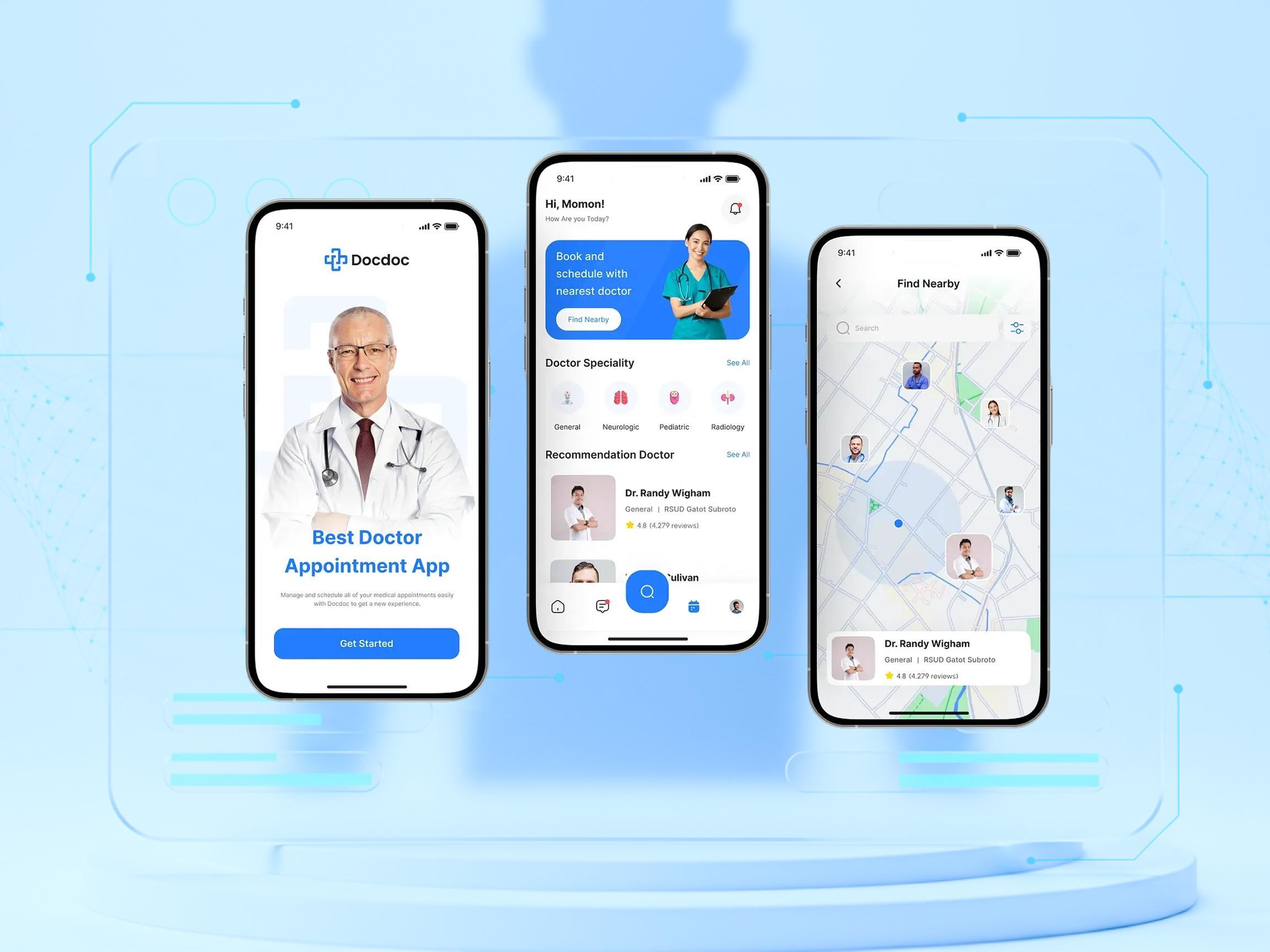
- Quality Assurance (QA)
Strategically Slashing QA Costs by 75%
Our case studies and insights from QA Lead
December 14, 2023 | Updated on November 24, 2025 | 10 min

Yulia Onischenko
QA Lead at JetBase
Our Cases
Innovation isn’t just about ideas - it’s about execution, turning vision into reality, and creating solutions that truly make an impact. See what we’ve built and how it works:
- HealthCare
- Media & Entertainment
- eCommerce
- Amazon Web Services
- Cloud Cost Optimization
- Serverless Application
- Retail
- HealthCare
- Media & Entertainment
- eCommerce
- Amazon Web Services
- Cloud Cost Optimization
- Serverless Application
- Retail


